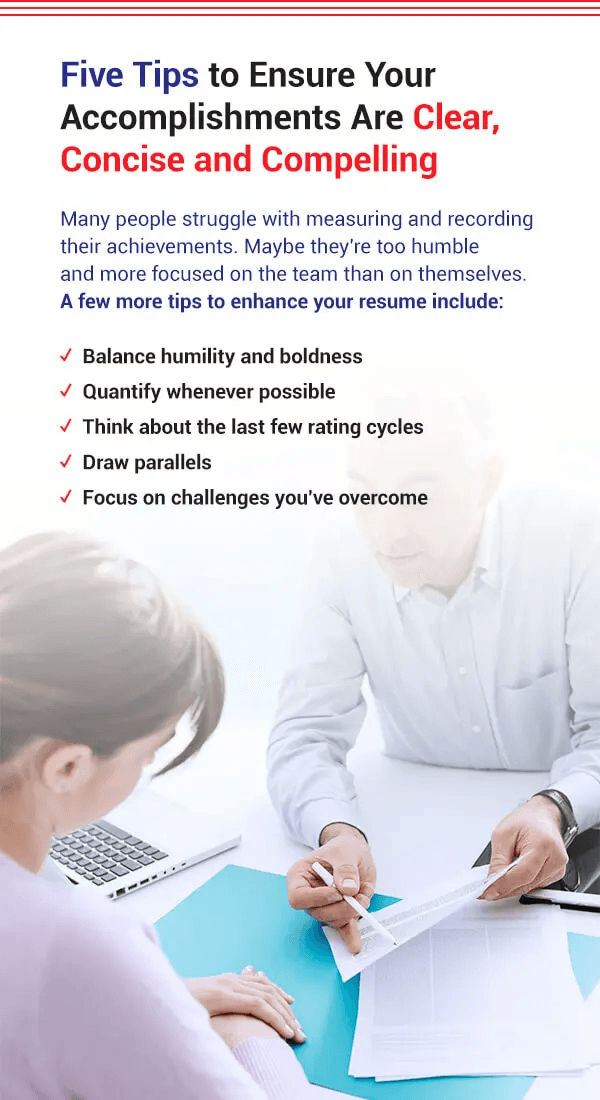CareerPro
Plus 
Compete for a DC-Area Position With Our SES Resume Writing Services
Need resume help for a DC-area SES job application? With more than 70,000 corporate, military and federal resumes and 5,000 SES applications under their belt, our writing team has the experience to make your resume stand out. We have a 99.6% customer satisfaction rating that speaks to our clients’ success using our services.
Our SES resume writing service starts with an assessment of your skill sets, such as your leadership strengths and talents. Then, our Master Senior Executive Writers work with you to compile narratives of your executive leadership experience using proven processes. We pay close attention to both federal and SES resume requirements so you can be sure it is in total compliance.
We know what HR is looking for, and we’re prepared to develop professional and artfully crafted SES resumes that highlight your unique leadership experience, skills and accomplishments.
Get Started Now














